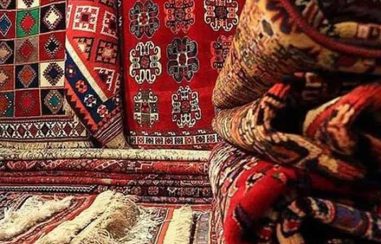Cyrus the Great, a towering figure in history, the king of kings, and the ruler of Iran, was the bravest and most beloved king of Iran. With his good thoughts, words, and deeds, he brought about a major revolution in the empires of history.
About 2,500 years ago, 500 years before the birth of Christ and 1,100 years before Islam, Cyrus the Great, the son of the king of Persia and whose mother was the daughter of the king of Media, led the noblest Persian tribes. With the support of the Medes, his wisdom and high aspirations, he courageously united the Iranian Aryan tribes, fought against the evil and oppressive kings of his time, defeated them one after the other, forgiving most of them, and saved the people from their tyranny. He expanded the borders of Iran far and wide, establishing the first and greatest empire in the world, an empire unparalleled in history. This person was none other than Cyrus the Great. To know him better, follow this article of Parsi Tours, Iranian Travel Agency.
Who was Cyrus the Great?
Cyrus II (576-529 BC), known as Cyrus the Great, was the first king and founder of the Achaemenid Empire, who became king at the age of 40. He ruled over vast areas of Asia for 30 years (559 to 529 BC).
Cyrus the Great embodied the complete set of moral qualities. Wherever he went as a conqueror, unlike the Assyrian and Babylonian conquerors, he showed the utmost respect to the temples of the people; he contributed significantly to the repair and expansion of worship places; he avoided any discrimination against followers of different religions and did not allow this respect to be used as an excuse for aggression and ambition by priests. He carefully observed this ethical and humane approach as a means to strengthen the power of the empire.
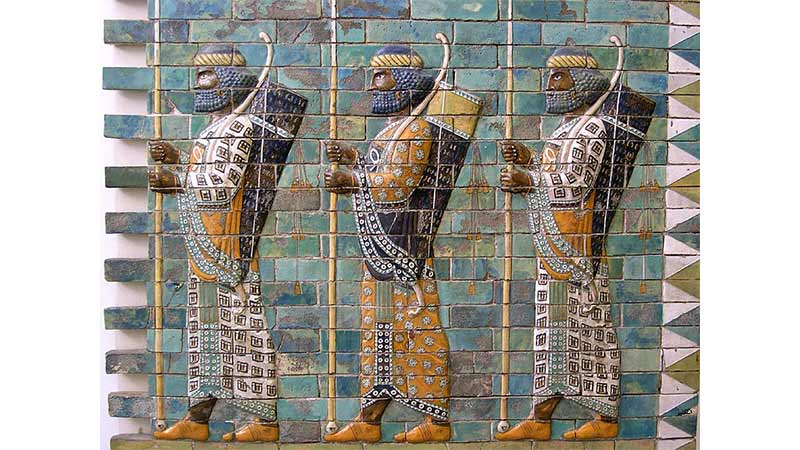
Cyrus is a symbol of wisdom, capability, virtue, and nobility. According to Herodotus:
Cyrus was the bravest and most popular young man in Persia. He was not deceived by a flashy life and was aware of the value of a noble life.
The Iranians, whom Cyrus brought to power, called him father, and the Greeks, whose lands were conquered by Cyrus the Great, called him an exemplary king and lawgiver. The Jews, to whom he restored their temple and freedom of worship, called him the shepherd of the Jews and the messiah of God; while the Babylonians considered Cyrus the Great to be endorsed by Marduk. The general population in Mannea, Media, Elam, Urartu, Lydia, Babylon, and even Phoenicia saw him as a savior and were satisfied that in his empire, the violence and tyranny of past empires were replaced by justice.
Throughout the Achaemenid period, Cyrus the Great was considered by the Iranians as the embodiment of heroism, valor, simplicity, and pride, and his tomb was regarded as sacred. Even after the Achaemenid period, efforts were made to prevent any insult or disrespect to him.
The decree of Cyrus the Great, written on a clay cylinder in cuneiform and in the Akkadian (Babylonian) language, was discovered in 1878 during excavations in the site of the Babylonian civilization. In this decree, Cyrus described how to treat the inhabitants of the Babylonian land humanely for the Iranian conquerors. This document is recognized as the first charter of human rights and was translated into all official languages and published by the United Nations in 1971, making it available in various countries through the offices of this organization.
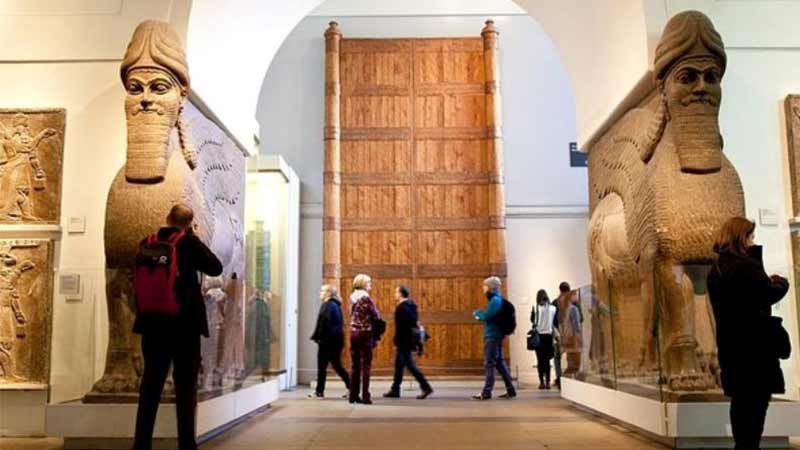
Biography of Cyrus the Great
The lineage of Cyrus on his father’s side reaches the Persians, who ruled over “Anshan” (northern Khuzestan today) in southwestern Iran for many years, and on his mother’s side to the Medes.
According to Herodotus, “Astyages” (Cyrus’s grandfather) dreamed one night that a large river flowed from his daughter “Mandane” that not only engulfed his capital but all of Asia. His dream interpreters said that her child would one day conquer all of Asia; hence, Astyages gave his daughter in marriage to Cambyses, king of the city of Anshan, who was a descendant of Achaemenes. That year, Astyages again dreamed that a vine grew from Mandane’s body and enveloped all of Asia. After Mandane gave birth, Astyages gave his grandchild to one of his relatives named “Harpagus” and ordered him to kill the child. Harpagus gave Cyrus the Great to one of the king’s shepherds named “Mithradates” and asked him to abandon the baby in a forest on a mountain. The shepherd took the child home. When the shepherd’s wife learned of the matter, she pleaded and cried, insisting her husband not kill the baby and instead, leave their child, who was born dead, in the forest. The shepherd agreed and handed over his dead child to Harpagus’s men, keeping Cyrus with himself.
When Cyrus reached the age of 10 and was playing with children of his age while herding, his friends chose him as their king. During the game, he ordered one of the children to be punished. The father of that boy, named “Artembares,” complained to Astyages and claimed that one of his slaves had beaten a child of the courtiers. Cyrus the Great was sent to Astyages for punishment. Despite the resemblance of Cyrus the Great to his family, the king did not believe that the boy was his grandson. The king threatened the shepherd that if he did not tell the truth, he would be tortured, and the shepherd revealed the truth. After that, the king summoned Harpagus and asked him, “How did you kill my daughter’s child that you were entrusted with?” Seeing the shepherd, Harpagus replied that he wanted to act in a way that would fulfill the king’s command without being the killer of his granddaughter’s son. He said that now that the child is alive, they should be grateful to God and celebrate, and he asked Harpagus to come to this party with his son. Thus, he invited Harpagus for dinner and, without his knowledge, prepared a dish from the body of his son, who was the same age as Cyrus the Great, and served it to his father.
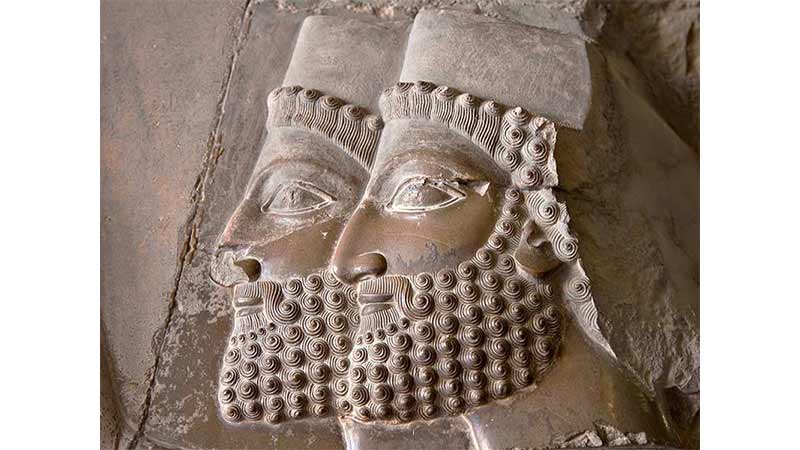
Astyages called Cyrus to himself and said, “My dear child! Because of a dream I had, I had bad thoughts about you, but my dream was interpreted differently, and thanks to your high fortune, you escaped the fate that had been planned for you. Now you will go to Persia and there you will recognize your parents.” Thus, Cyrus left the court of Astyages and went to Cambyses and his family. When he reached adolescence, he became the bravest and most beloved teenager in Iran.
Cyrus mentioned the location of his dynasty’s rule on a cylinder-shaped clay charter. The founder of the Achaemenid dynasty, the Achaemenid king of Anshan. After the death of the Achaemenid king, his son Chishpish ascended to the throne of Anshan. The rule of Chishpish, after his death, was followed by his two sons, Cyrus I, king of Anshan, and Ariaramnes, king of Persia. Then, their sons, respectively Cambyses I, king of Anshan, and Arsames, king of Persia, ruled after them. Cambyses I married Princess Mandane, daughter of “Ishhuwegu” (Azi Dahaka or Astyages), king of Media, and Cyrus the Great was the result of this marriage.
Cyrus married Cassandane, an Achaemenid princess, and had two sons named Cambyses II and Bardiya, and three daughters, two of whom were named Atossa and Artystone, and the third was probably Roxane. Cambyses II ascended the throne after his father’s death and killed his brother Bardiya. He killed himself on the way back to Iran after conquering Egypt.
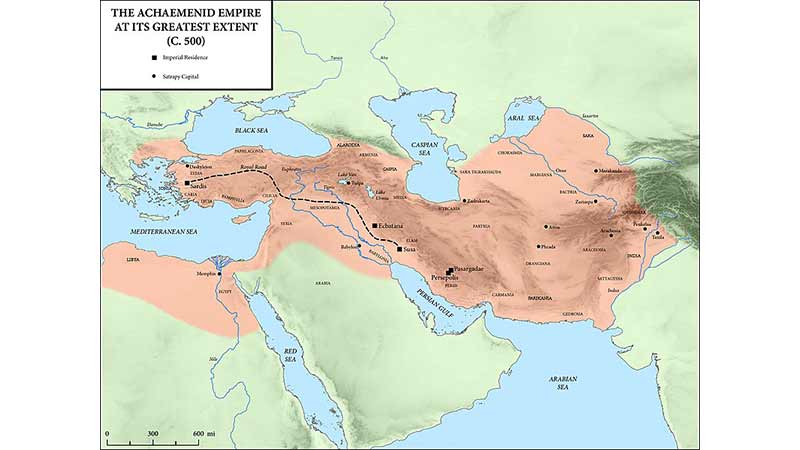
Achievements of Cyrus the Great
558 BC: Cyrus began his reign in “Anshan” (Fars) and Khuzestan. He moved the Achaemenid capital to Susa.
550 BC: Cyrus defeated “Ishhuwegu,” king of Media, and subsequently conquered Ecbatana. The union of Media and Persia.
549-548 BC: Cyrus conquered the lands of Parthia, Gorgan, and possibly Armenia.
546 BC: Cyrus conquered “Sardis,” the capital of Lydia, and defeated “Croesus,” king of Lydia.
539 BC: Cyrus conquered “Babylon,” the richest city in Western Asia. The fall occurred with little resistance from the Babylonian army on the riverbank of the Tigris.
539 BC: After conquering Babylon, he freed 25,000 Jews who had been enslaved in that city.
529 BC: Cyrus attacked the Scythian tribes in northeastern Iran and was killed in a battle with the Massagetae. Cyrus the Great was buried in Pasargadae. After Cyrus, his son Cambyses II ascended the throne.
Words of Cyrus the Great
In various sources, numerous sentences are attributed to Cyrus the Great; however, there is no reliable document to attribute these words to him. The only remaining document from the first Achaemenid king is his charter i.e., Cyrus Cylinder, which is somewhat reliable and is also known as the first human rights charter in the world.
The Tomb of Cyrus the Great
Cyrus the Great, a prominent historical figure, reportedly died after being gravely injured in a battle against the Massagetae, an Iranian tribe. He suffered for three days before succumbing to his wounds. Contrarily, the historian Xenophon suggests Cyrus died a natural death from old age in Pasargadae.
This significant ruler is laid to rest near Shiraz, approximately one kilometer southwest of the Pasargadae complex, nestled in a plain approximately two thousand meters above sea level and surrounded by mountains. In 2004, Cyrus’ tomb was officially recognized as part of the Pasargadae heritage site by UNESCO.
The tomb’s design features seven stacked platforms, reflecting the sacred significance of the number seven. Six of these platforms are crafted from intricately carved stones, and the burial chamber rests atop them. This chamber measures 2.10 meters in width, 3.17 meters in length, and 2.10 meters in height, with a small, narrow entrance.
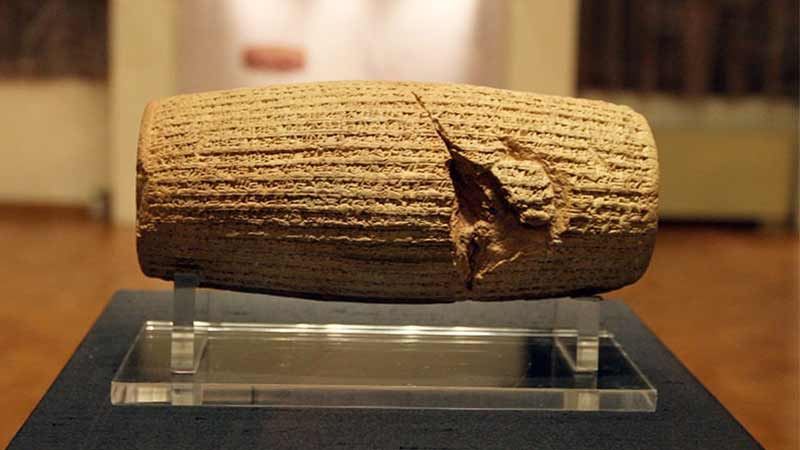
Architecturally, Cyrus’ tomb showcases influences from various regions, including Asia Minor Greece, Mesopotamia, Egypt, Elam, and ancient Iran. Its foundation is built from white and yellowish limestone, likely sourced from the Siavand quarry, about 30 kilometers from Pasargadae. In a manner similar to the construction of Persepolis, the tomb’s structure avoids the use of any mortar. However, experts note that the tomb’s remarkable durability is largely due to the use of swallowtail metal clamps, possibly made of iron and lead, which connect the stones.
It is believed that Cyrus the Great commissioned his tomb prior to his death. Throughout the Achaemenid era, the tomb was revered and meticulously preserved. During the Islamic period, the structure was referred to as “The Mother of Solomon’s Shrine.”
Summary
In conclusion, Cyrus the Great stands out in history as more than just a powerful ruler; he was a visionary leader who left a lasting impact on the world. His approach to leadership, marked by respect for different cultures and a focus on human rights, was way ahead of his time. His achievements in creating a vast empire and his ethical way of ruling set a high standard for future leaders. Today, Cyrus’s legacy is not just a tale of conquest but a story of wisdom, tolerance, and justice, inspiring us even thousands of years later. His remarkable life and deeds continue to be a source of fascination and admiration, making him a true great in the annals of history.



